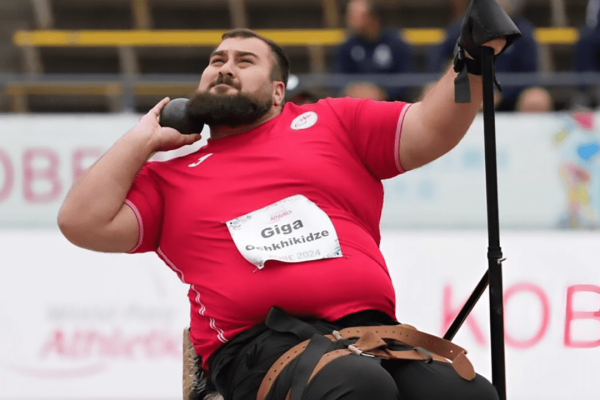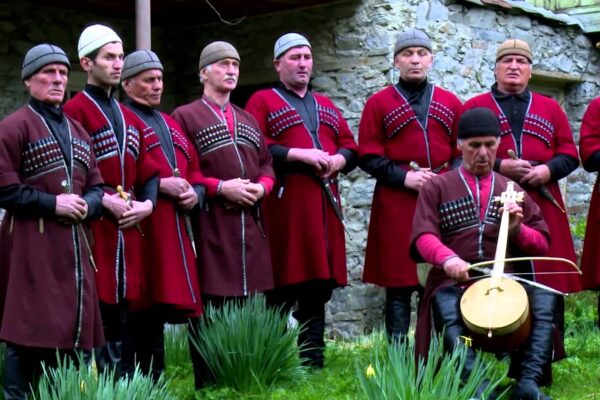Georgian fashion has a rich history, deeply rooted in the country’s diverse cultural heritage and unique traditions. Fashion in Georgia began with an emphasis on practicality and symbolism, where clothing reflected the country’s ancient customs, geography, and the social standing of its people. Each region had its own distinctive traditional attire, which, beyond its practical use, carried emotional significance, highlighting the identity of the people living there.
Despite the challenges of sourcing high-quality fabrics in earlier times, Georgian women, especially those from aristocratic circles, still managed to dress with great taste. By the late 19th century, Tbilisi had become a multicultural city where Eastern and Western cultural motifs blended, influencing Georgian clothing. Different types of garments, shoes, and textiles processed with new technologies were imported from abroad. Tbilisi started resembling European cities, yet certain elements of traditional Georgian attire remained relevant, often used as decorative details.
In the 20th century, European elements began to dominate Georgian fashion. However, the post-Soviet era in the 1990s marked the start of a new chapter for Georgian designers. During this time, Georgian creatives began experimenting with modern design concepts, blending traditional elements with contemporary styles. The fashion scene saw an influx of avant-garde ideas that challenged conventional norms, injecting new energy into the industry.

Photo Source: elleuzbekistan.com
Fast forward to the present day, Georgia’s fashion industry has blossomed into a global phenomenon. Tbilisi has emerged as a fashion capital, hosting its very own Mercedes-Benz Fashion Week, which attracts international media and buyers. Designers like Demna Gvasalia, the creative mind behind Balenciaga and Vetements, have become household names in the world of high fashion. Gvasalia’s innovative approach, mixing streetwear with high-end couture, has redefined the boundaries of modern fashion, placing Georgian designers firmly on the global map. Another notable figure is David Koma, known for his glamorous, sleek designs, which have been worn by celebrities like Beyoncé and Jennifer Lopez.
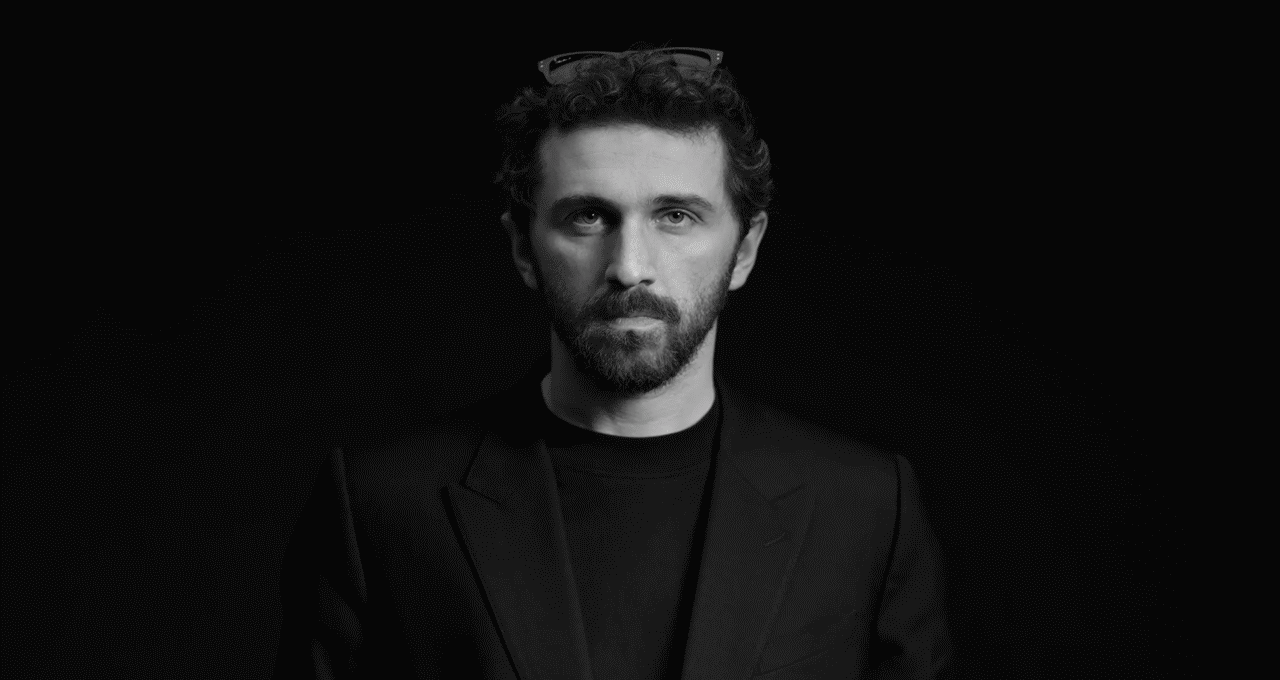
Photo Source: Voguebusiness.com
Today, the Georgian fashion scene is dynamic, with both established brands and emerging talent making waves internationally. George Keburia stands out as one of the most popular designers in Georgia. Known for his bold vision and daring decisions, Keburia’s work has found significant appreciation in the modern fashion landscape. His avant-garde style and unique approach make him a key figure in today’s Georgian fashion.
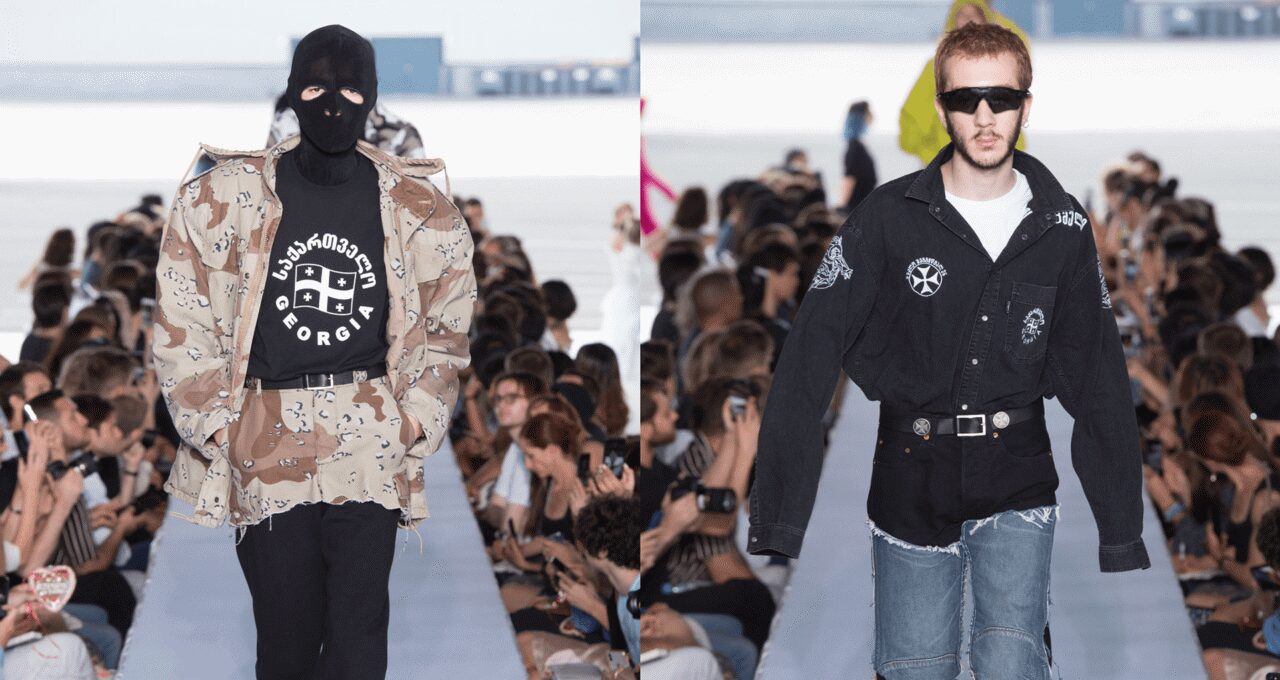
Photo Source: Georgianjournal.ge
The fashion scene in Georgia today is not only dynamic but also enriched by international events like the Metrica Fashion Show, a global platform that unites designers, business leaders, and creatives from different countries. Since its founding in 2022, Metrica has established itself as one of the leading fashion events, bringing together unique collections from around the world, merging tradition with innovation under one roof. This event further highlights Georgia’s growing influence on the global stage.
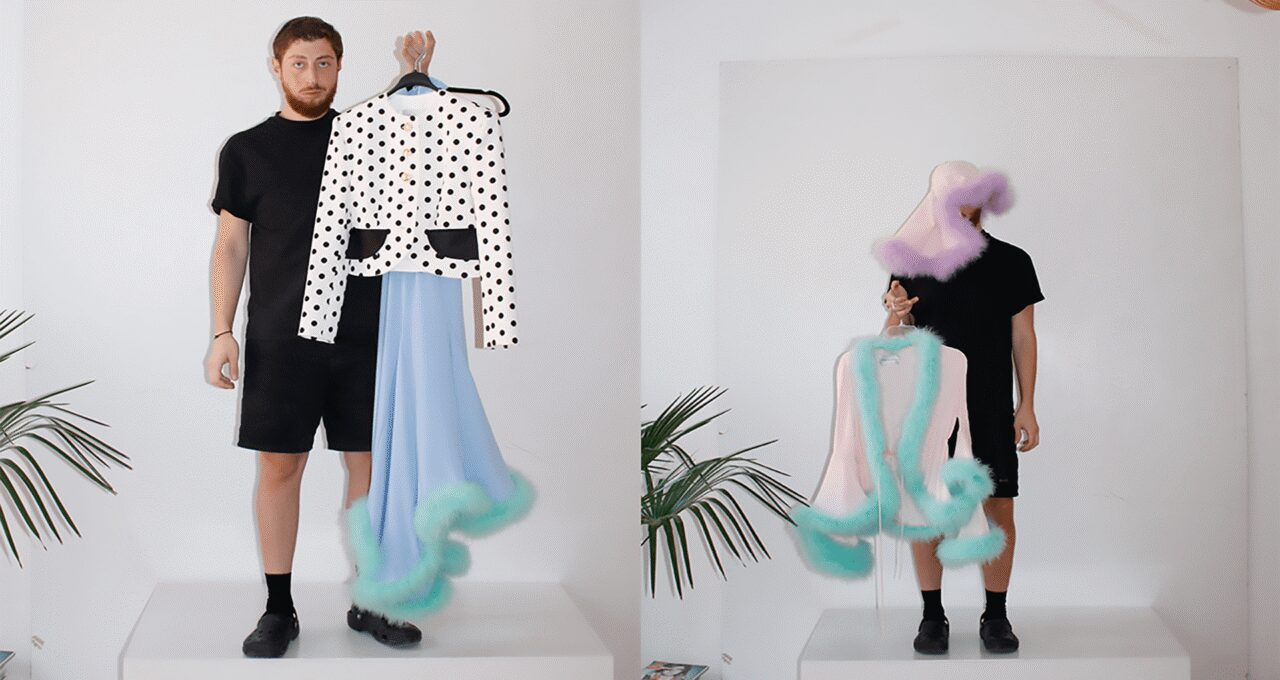
Photo Source: Teethmag.net
The current wave of Georgian fashion talent is distinguished by its ability to blend tradition with forward-thinking designs. Many designers draw inspiration from their cultural roots, integrating craftsmanship and intricate embroidery, which have defined Georgian clothing for centuries. They not only use traditional materials but also take inspiration from Georgia’s history and their own personal experiences. In 2024, the world has embraced Georgian fashion not only for its bold innovation but also for the deep cultural narrative woven into every garment.
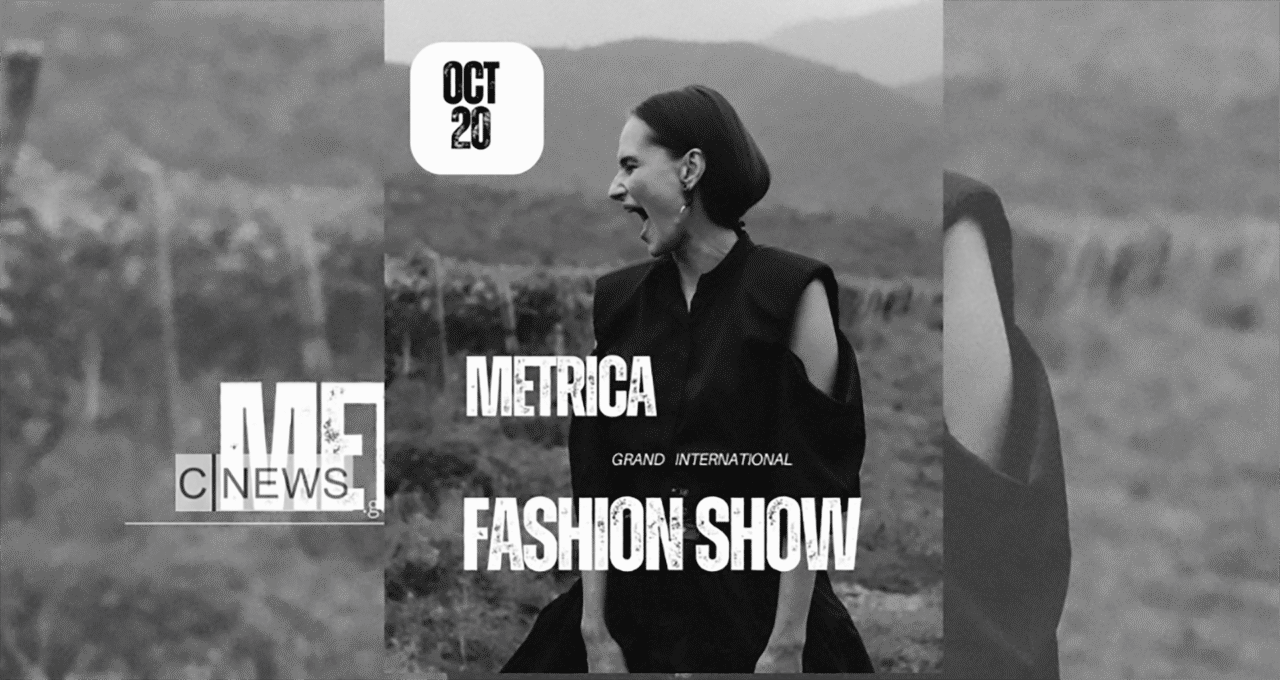
Photo Source: Fationtime.ge
Georgian fashion, once a reflection of ancient traditions, has now evolved into a beacon of modern creativity, with its influence extending far beyond the country’s borders.

